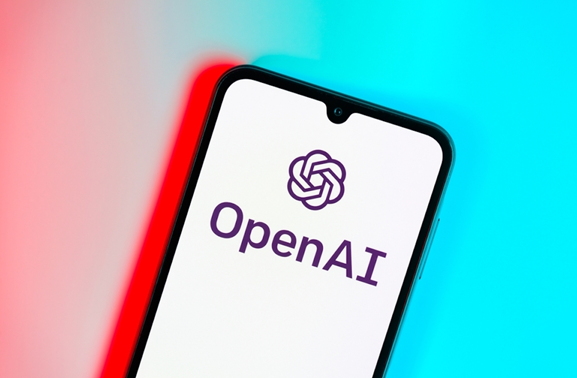October 17, 2025 – Industry analyst Ray Wang took to X (formerly Twitter) yesterday, revealing startling figures about the power consumption of Nvidia’s AI servers. According to his post, the energy demands of Nvidia’s rack-level solutions are set to skyrocket 100-fold over just eight years, moving from the Ampere architecture to the upcoming Kyber architecture.
Wang highlighted two primary drivers behind this dramatic surge. First, there’s been a substantial increase in the number of GPUs integrated into each rack. Second, each new generation of GPUs has seen a continuous rise in its Thermal Design Power (TDP).
To put this in perspective, servers based on the Hopper architecture consumed around 10 kilowatts. Fast forward to the latest Blackwell architecture, and that figure has jumped to nearly 120 kilowatts, thanks to the integration of more powerful GPUs. While Nvidia continues to push technological boundaries to meet the industry’s insatiable demand for computing power, the energy consumption is growing at an equally alarming rate.

Beyond the hardware itself, factors such as advanced NVLink/NVSwitch interconnectivity, next-generation rack designs, and constant high-load operations are all contributing to an unprecedented rise in energy consumption among hyperscale data center operators.
In an intriguing twist, major tech companies are now engaged in a “gigawatt” arms race for AI computing power. Firms like OpenAI and Meta have announced plans to add over 10 gigawatts of capacity in the coming years, signaling a new era in AI infrastructure scale.
What does a “gigawatt” of power consumption really mean? It’s estimated that a single hyperscale data center consuming 1 gigawatt could power approximately 1 million U.S. households—and that’s before accounting for additional energy losses in cooling and power transmission.
Once these massive data centers are operational worldwide, some individual facilities will consume as much electricity as a medium-sized country or several large U.S. states combined.
The International Energy Agency (IEA) warns in its latest report that AI alone could double global electricity consumption by 2030, growing nearly four times faster than the expansion of electrical grids. A significant consequence of this data center boom is the potential for rising residential electricity costs in surrounding regions.












